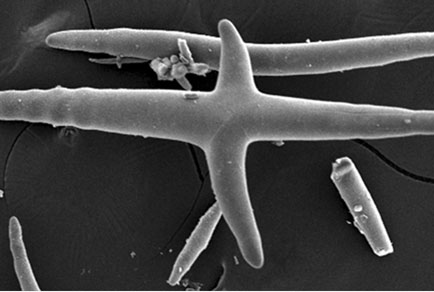Abstract
Based on an examination of 41 dorid nudibranch species (Gastropoda: Opisthobranchia: Anthobranchia: Doridina) we report the existence of intra-individual variation in the distribution of different spicule types in various parts of the integument of nudibranchs. Interspecific variation in spicule morphology is also described and compared. Twelve species of the family Phyl-lidiidae were examined and all possessed spicules. Phyllidiid spicules showed considerable morphological diversity, and par-ticular spicule types were localised in specific parts of the body, in contrast to all the other families. Of the 19 species of the Chromodorididae examined, only Cadlinella ornatissima (Risbec, 1928) contained spicules. Of the remaining species from other families, only the discodorids Halgerda rubicunda Baba, 1949 and Platydoris formosa (Alder & Hancock, 1864), the dorid Aldisa albatrossae Elwood et. al., 2000, and the hexabranchid Hexabranchus sanguineus (Rüppell & Leuckart, 1830) possessed spicules.

